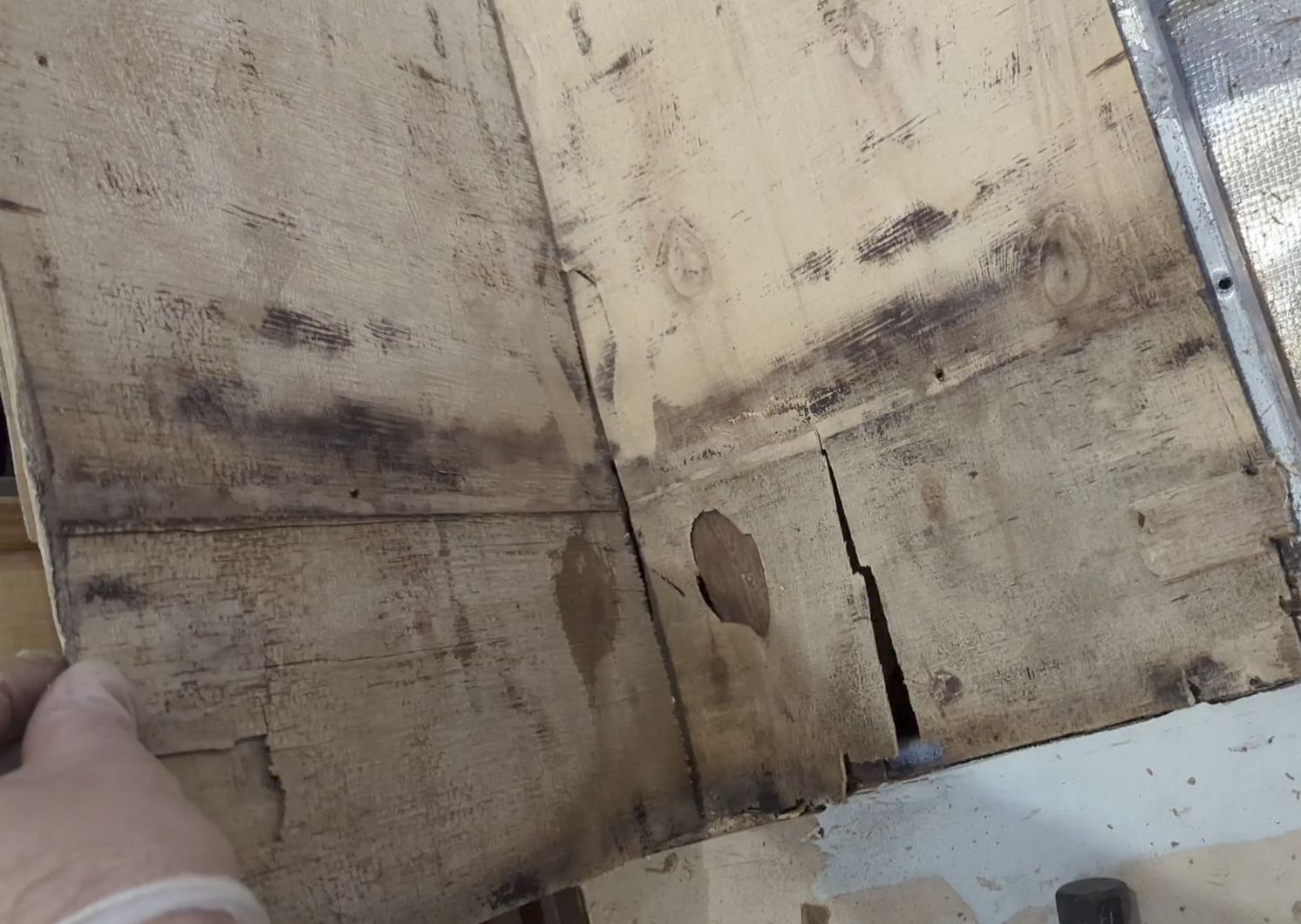The last couple of months we’ve been in South Florida, mooch docking at my Mom’s place. They are awesome, BTW. Everyone needs awesome parents. While we’re parked, we are renovating the RV that we bought in October. When I bought the RV, I noticed a soft spot in the floor. The seller assured me that happened to a lot of the Open Range RVs. So, I took to the internet and actually confirmed that this range of Open Range RVs tend to form soft spots and some recommendations to remedy the problem. So, I bought the RV and took it home. One weekend, my wife Tracy and I decided to check out tear into the floor to see what we see.
Plenty of videos below!
The video above is a few days into cutting out all the mold we found.
If there is any take away from this experience, please please please, if you’re buying an RV and one of the first things you notice is a soft spot in the floor, pass on it. Even if you just drove hundreds of miles to pick up the RV. Sellers can be dishonest as this one was. We bought the RV at a good price, so it’s not a total loss.
When we started looking for rvs we always considered the possibility of buying one that’s a few years old but has a great lay out and good bones for a renovation. Even with the mold mishap, this RV was a great buy for us. The exterior is still basically in showroom condition. My wife hand I are very creative people and have enough energy to get the job done.
It took several days to find and tear out all the moldy wood. It got a little tricky and took several days because that affected wood when into areas difficult to access, under the master bathroom and bedroom.
Ultimately had to take the furnace, as well as, the hot water heater out, which had some of the worst damage underneath it. Still, I’m not 100% sure what caused all this damage. There are a few culprits however. When I first bought the RV, behind the wet bay there was a leaky hose connection. After I fixed it, another one started to leak from moving things around back there. This pattern repeated until I cut and recrimped every hose behind the wet bay. The manufacture positioned a catch tray underneath these hose connections in the case any started to leak. However, I think this problem went to unnoticed for a long time. It probably overflowed. Like a lot. The real problem formed because the water that seeped past the plywood where it sat just below it in a moisture barrier, which created a super humid environment. That’s how the mold took root and spread. It had time enough to nearly consume the ply wood, getting in between each individual ply layer slowly turning it back into earth, making it super brittle weak.
I’ve taken a bunch more footage of this whole process. I’ll be sure to edit it and get it online, for posterity sake.

